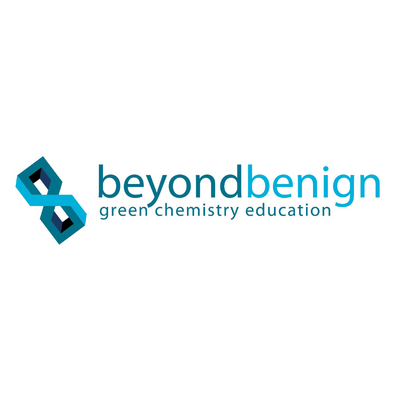Sustainable STEM Lesson 3: Life Cycle

Summary
In this lesson, students will take part in a very important task typical of any scientist or engineer: reviewing and revising their experimental procedure. Together, their changes will highlight the three criteria important for green chemistry technology, which allows for discussion of the sustainability of their mycelium cell phone case.
This project came about from a collaboration between Beyond Benign and Steelcase.
This project came about from a collaboration between Beyond Benign and Steelcase.
Safety Precautions, Hazards, and Risk Assessment
Gloves, aprons and goggles required. Thoroughly wash your hands and work station before and after each lab.
Teacher Recommendations or Piloting Data (if available)
All of these lessons provide students with a look at how industry is incorporating sustainable design into their products. This curriculum will increase students’ awareness of sustainability and green chemistry through hands-on design challenges.
The full project will require a total of 10-15 days for completion, depending on speed of mycelium growth, which relies on classroom conditions. See lesson 4 for more details.
The full project will require a total of 10-15 days for completion, depending on speed of mycelium growth, which relies on classroom conditions. See lesson 4 for more details.
Digital Object Identifier (DOI)
https://doi.org/10.59877/BKIZ2463
Related Learning Objects
File (PDF, PPT, image, etc)
File (PDF, PPT, image, etc)
Creative Commons License

This work is licensed under a Creative Commons Attribution-NonCommercial-ShareAlike 4.0 International License.

